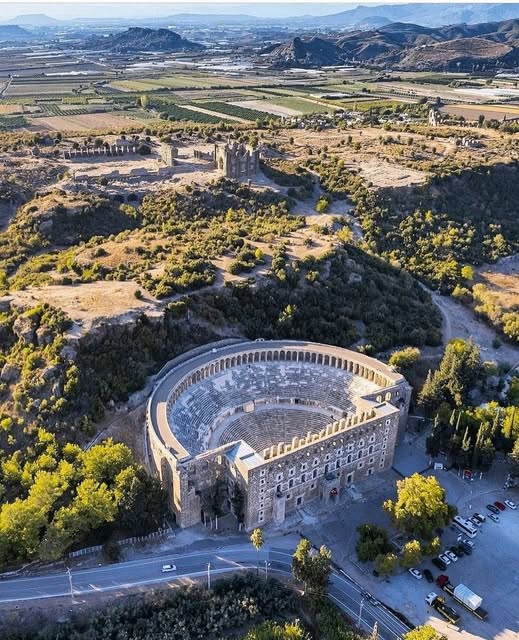
The best preserved 1,800-year-old Ancient Roman Theater in Anatolia: Aspendos. Its architect is Zenon, son of Theodorus of Aspendos. Serik, Antalya. Aspendos or Aspendus was an ancient Greco-Roman city in Antalya province of Turkey. The site is located 40 km east of the modern city of Antalya. The theatre in Aspendos is considered to be one of the best-preserved theatres of antiquity. The Roman builders of this structure managed to express the state of ideal balance between the auditorium and the skene building and, what’s more, the whole theatre matches perfectly into the landscape.
This Roman Theater In Turkey Is Considered The Best Preserved Of Antiquity
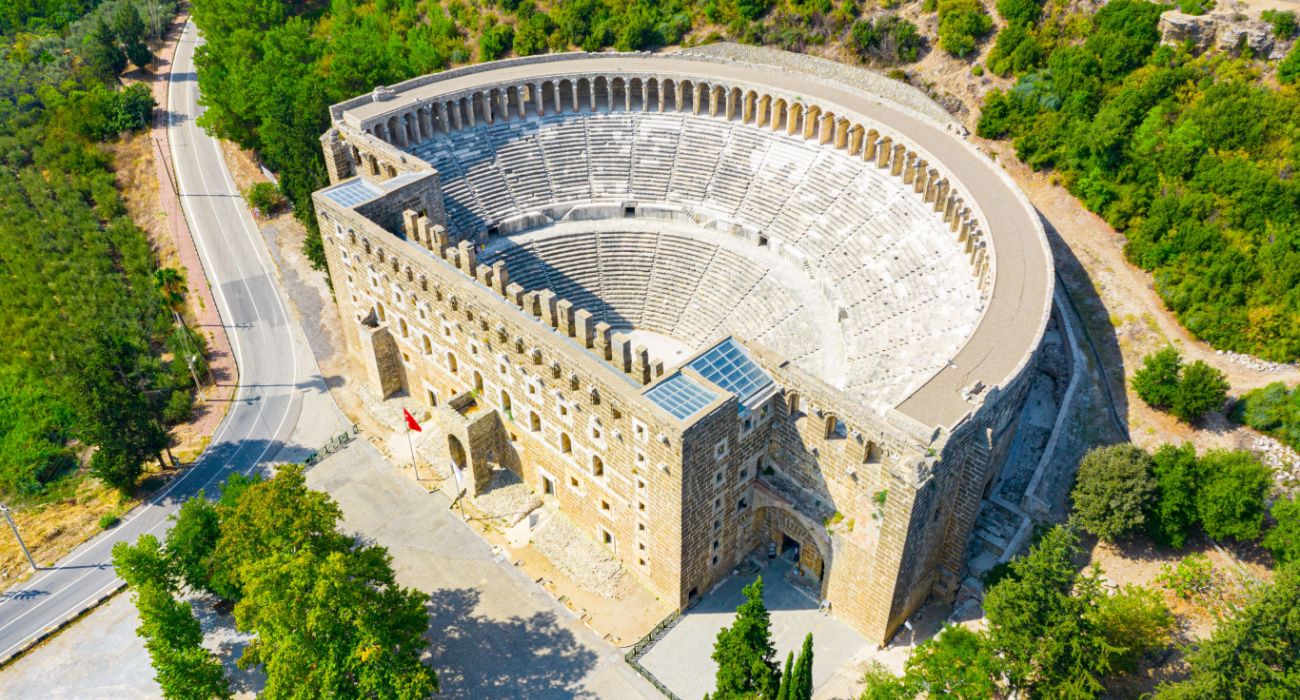
Everywhere the Romans went they built theaters and amphitheaters and many of these can still be found in various states of ruin and preservation. Some theaters – such as the old Roman theater in Carthage in Tunisia – remain in use for performances today. The world’s best-preserved theater from antiquity is considered to be the theater of Aspendos in Turkey just outside of the coastal Mediterranean city of Antalya (Turkey’s biggest seaside resort).
Turkey is one of those countries just bursting with ancient ruins, including some of the best Roman ruins still standing today. Long after the Western Roman Empire fell, the Eastern Roman Empire persisted for another thousand years in the east, gradually morphing into the more Greek Byzantine Empire.
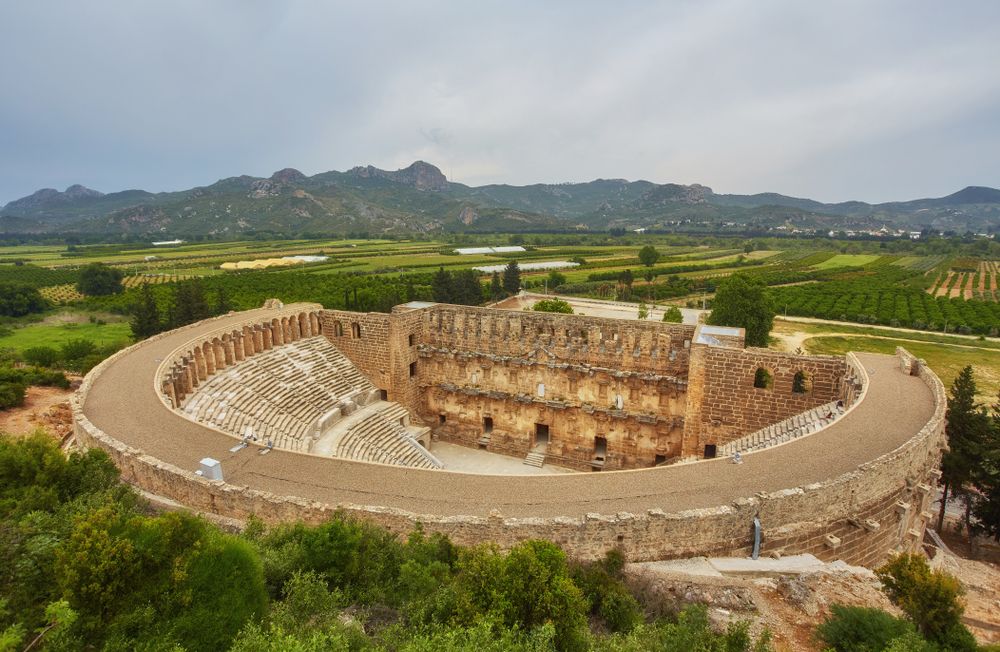
What To Know About The Ancient City Of Aspendos
Aspendos was once a Greco-Roman city 40 kilometers east of modern Antalya. It long predates the Romans and was an important city of historic Pamphylia by around the 5th century BC. The city traded in oil, wool, and salt. After being ruled by a succession of kingdoms and empires (including the Persians and Greeks) it fell to the Romans in 190 BC.
In the past, the Eurymedon River was navigable enabling Aspendos to function as a port city. The city continued but slowly declined during Roman and later Byzantine times before it was eventually abandoned.
The south coast of Turkey is full of ancient Roman, Greek, and older cities. Travelers can see the ancient cities of Patara and Myra where Saint Nicolas (the original ‘Santa Claus’) hailed from.
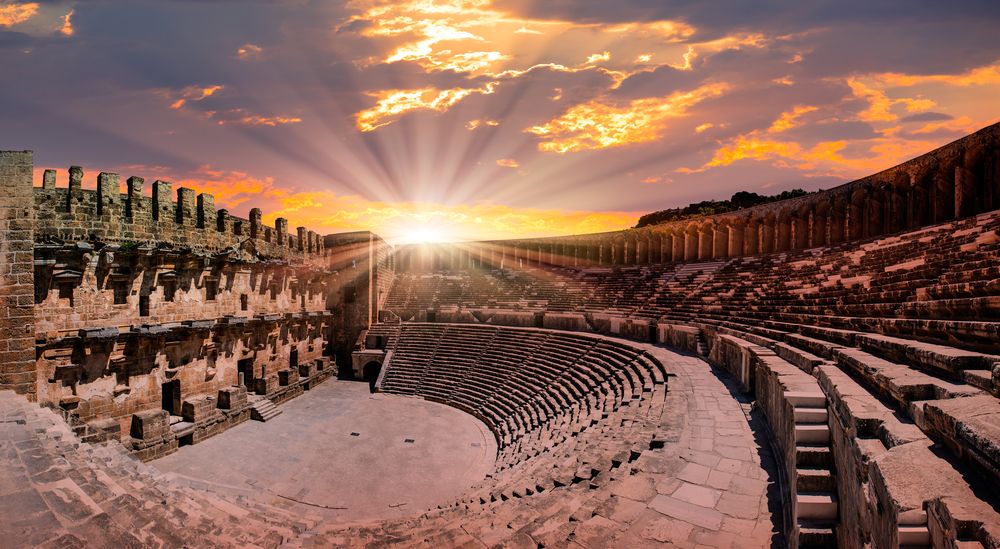
The Roman Theater Of Aspendos – The Best-Preserved In The World
The theater of Aspendos is generally regarded as being the best-preserved theater from antiquity. The impressive theater measures 96 meters or 315 feet in diameter and had seating for around 7,000 spectators. It is believed to have been built around 155 AD. The theater was first built during the reign of the emperor Marcus Aurelius (who reigned from 160 to 180 AD).
- Built: 155 AD
- Capacity: Perhaps 7,000 Spectators
Fortunately, the well-preserved theater continues to preserve its original inscriptions that detail who built it. It was designed by Zenon, son of Theodorus. It was also funded by two wealthy brothers called A. Curtius Crispinus Arruntianus and A. Curtius Crispinus who then gifted the theater to the city.
While it was built during the height of the Roman Empire, the theater has many Greek characteristics. The inscriptions are also in both Greek and Latin.
The theater has two sections – the upper section and the lower section. The upper section has 20 rows of seats, and the lower section has 21 rows of seats. The two-story stage building remains largely intact, and the acoustics of the theater are excellent. The stage building still rises to its original high (which is unusual for ancient theaters).
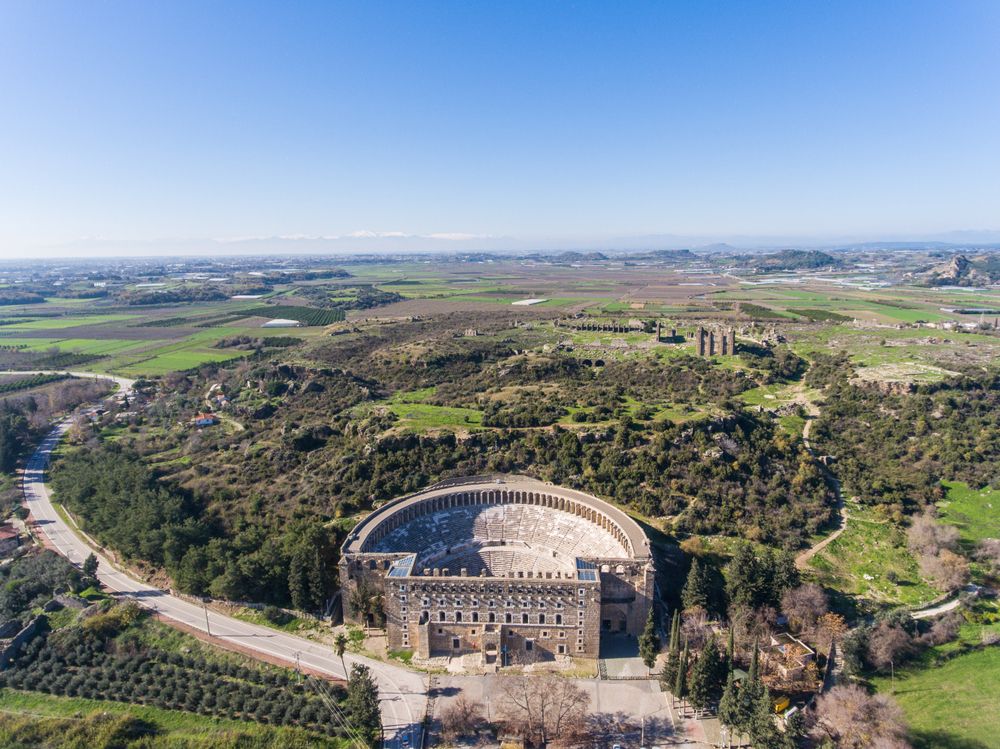
After the pᴀssing of the Roman/Byzantine Empires, the theater was repaired and used by the invading Turkish Seljuqs as a caravanserai while its stage building was used in the 13th century as a palace by the Seljuqs of Rum.
Many of the preserved Roman monuments are those buildings that managed to find other uses after the Roman Empire aged or collapsed. E.g., the best preserved Roman temples were normally converted into churches, and the aqueduct, Pont du Gard, in France, was used as a toll bridge.
Other Impressive Roman Ruins At Aspendos & Visiting The Theater
There are plenty of other great Roman ruins to discover at Aspendos besides the theater.
Other ruins include the stadium, a part of the 19-long Roman aqueduct, Roman baths (naturally, the Romans built baths), a basilica, an agora (a Greek marketplace), and a nymphaeum. There is also the Roman Eurymedon Bridge which was reconstructed in the 13th century, nearby.
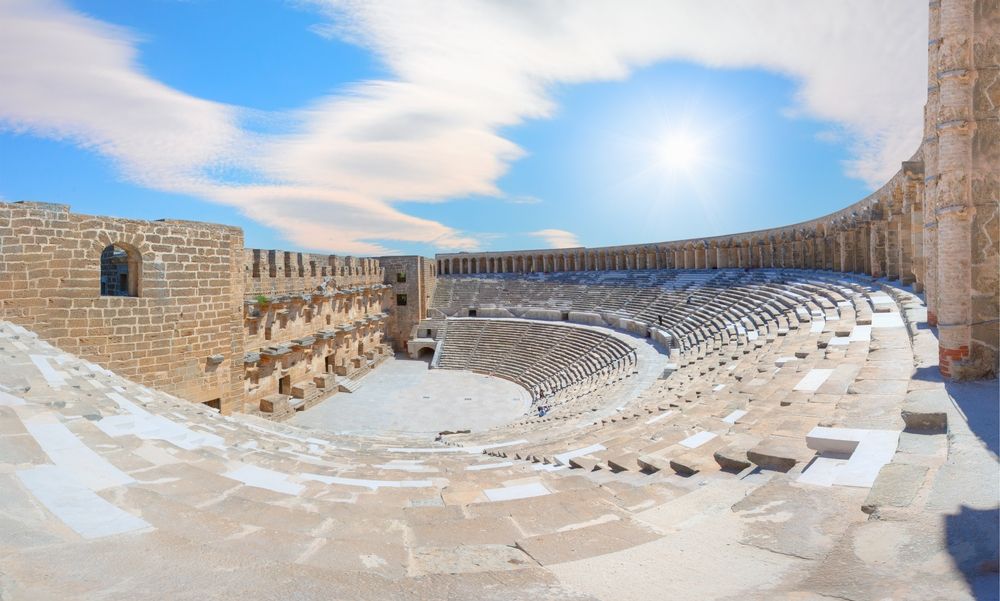
The other Roman ruins are just that – ruins scattered about the area. Today the well-preserved and restored Aspendos Theater seems out of place in the Turkish countryside. It is hard to imagine how this area was once a bustling Greco-Roman city.
Plan in advance and see how the Aspendos Theater is still used as a theater. Every year it hosts the Apsendos International Opera and Ballet Festival – normally held in the late spring and early summer. Book ahead, as the tickets are normally sold out many months before the event. It is easy to visit Aspendos on a day tour from Antalya.
Across the Mediterranean Sea in modern-day Algeria, visitors can find ancient Roman baths called Hammam Essalihine still being used by locals, more or less just as they have been for thousands of years.



